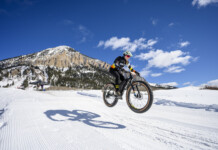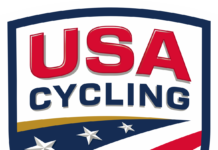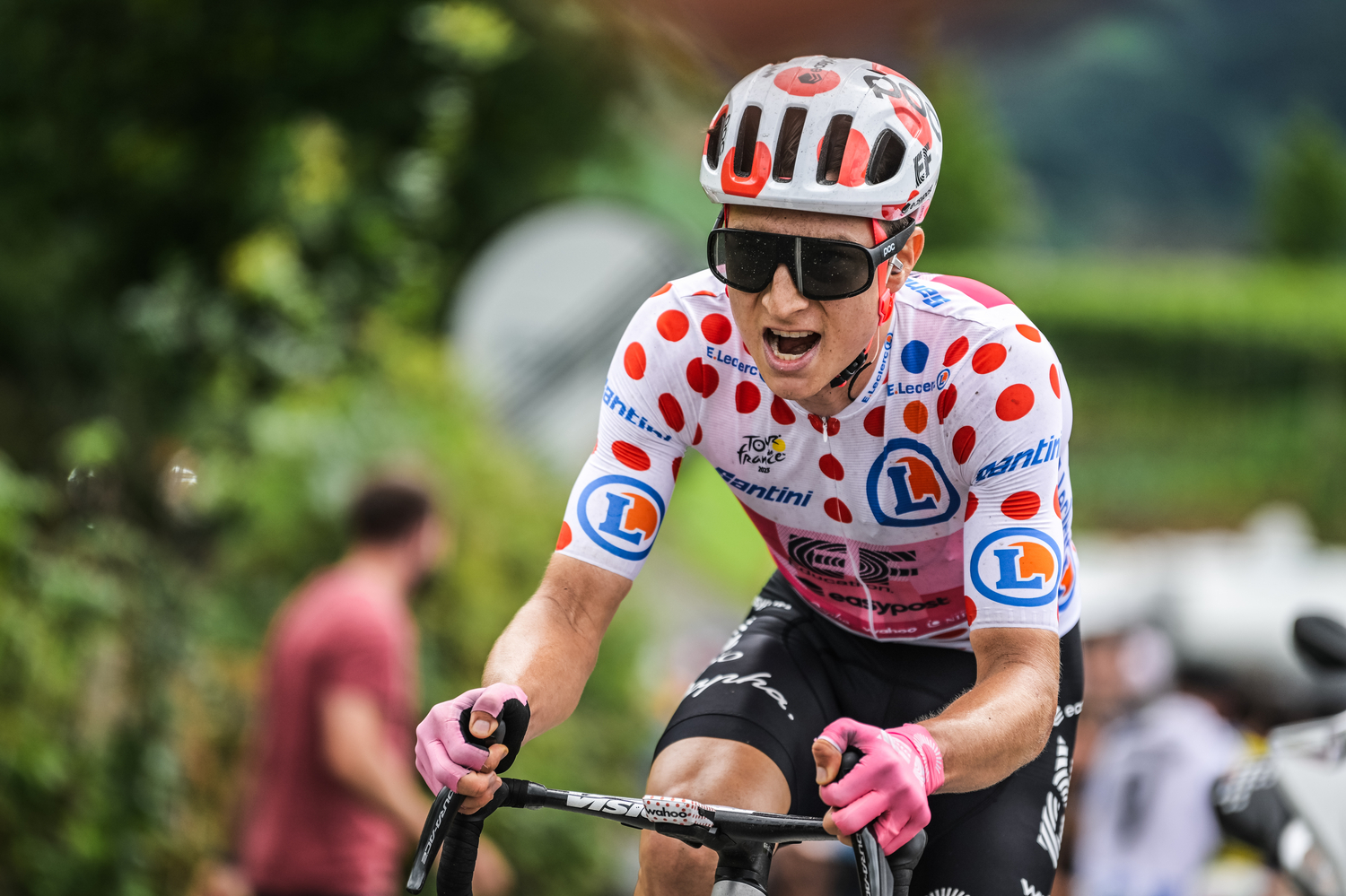Code revisions further enhance fairness, consistency, and effectiveness
DENVER, Colorado (July 1, 2024) – The U.S. Center for SafeSport (the Center) today released important updates to the SafeSport Code (the Code) for the Olympic and Paralympic Movement (the Movement). The revised Code takes effect today, July 1, 2024, and includes updated policies and procedures to further enhance fairness, consistency, and the effectiveness of the Center’s process.
 The SafeSport Code defines the Center’s authority and jurisdiction, prohibited categories of abuse and misconduct, and the Center’s process for responding to and resolving abuse and misconduct claims affecting the Movement. The Code applies to all Participants in the Movement, and federal law dictates the Center’s authority and jurisdiction within the Movement. The Code was first introduced March 3, 2017, and is regularly reviewed and revised.
The SafeSport Code defines the Center’s authority and jurisdiction, prohibited categories of abuse and misconduct, and the Center’s process for responding to and resolving abuse and misconduct claims affecting the Movement. The Code applies to all Participants in the Movement, and federal law dictates the Center’s authority and jurisdiction within the Movement. The Code was first introduced March 3, 2017, and is regularly reviewed and revised.
“In line with the Center’s commitment to continuous improvement, we extended our regular Code review process to seek feedback more broadly from stakeholders throughout the Movement, including athlete groups, national governing bodies, and survivor organizations. The result is a series of Code revisions that will ultimately strengthen our ability to more efficiently adjudicate cases fairly, consistently, and with trauma sensitivity,” Ju’Riese Colón, CEO, U.S. Center for SafeSport said.
The Code has been translated into French and Spanish in advance of the Paris Games.
Noteworthy Changes
The Center announced in April an initial set of process improvements to increase efficiency, information sharing, and trauma sensitivity. Related to these improvements, the Code has been updated to codify changes to the categorization of case outcomes by redefining Administrative Closures and Administrative Holds and establishing Jurisdictional Holds (see Code pages 31-34).
Additional changes include (but are not limited to):
- Membership and Employment Decisions—Language was added to further clarify that the U.S. Olympic and Paralympic Committee (USOPC), National Governing Bodies (NGBs), and Local Affiliated Organizations (LAOs) may make both membership and employment decisions on matters over which the Center has exercised either exclusive or discretionary jurisdiction (see Code page 3).
- Power Imbalance—The definition of Power Imbalance was expanded to include the concept of implied or perceived authority or control over another as a relevant factor to consider when determining whether a Power Imbalance exists. In addition to coach-Athlete relationships, a Power Imbalance can include relationships in which the Participant has authority or control over another person, is in a position to confer, grant, or deny a benefit or advancement to the person, or is responsible for the physical or psychological well-being of the person (see Code page 9).
- Sexual Harassment—The definition of Sexual Harassment was reworded to expand the term “hostile environment” to include a Claimant’s subjective perception, even if the Claimant appears to have tolerated the Respondent’s behavior, and to eliminate the requirement that the harassment be “severe or pervasive.” The new definition draws on concepts and language from Title VII, EEOC guidance, and various state laws (see Code pages 13-14).
- Inappropriate Physical Contact—The requirement that the Claimant must also be a Participant in the Movement was removed from the provision on Inappropriate Physical Contact. This change expands the scope of the violation to focus on the conduct itself rather than the status of the person experiencing the misconduct (see Code pages 21-22).
- Minor Respondent Resolutions and Administrative Closures—To meet the unique needs of Minor Respondents, the Center developed two new Resolution Types: Conditional Resolution for Respondents under the age of 13, and Alternative Resolution for Respondents ages 13-17. These resolutions are specifically tailored to focus on education, rapid response, trauma-informed practices, and risk mitigation within the context of sport. Both types of resolutions are offered at the discretion of the Center, and are voluntary, binding agreements between the Center and the Minor Respondent’s Parent/Guardian and/or the Minor Respondent. The terms are based on the facts and circumstances gathered during the Center’s process, and can include, but are not limited to, safety condition(s) or educational requirement(s). Additionally, a new Minor Respondent Administrative Closure category was created, Letter of Concern, mirroring the Center’s pre-existing Admonishment (see Code pages 31-32).
- Support Person—Language was included to add the option for Claimants, Respondents, and witnesses to have one Support Person present during Center processes for emotional support and assistance. Claimants and Respondents may have one Support Person in addition to an Advisor(s) (see Code pages 10, 35-36).
National Governing Bodies will be offered a virtual training on noteworthy changes.
Need for Abuse Prevention in Sport
The U.S. Center for SafeSport is the nation’s only independent organization dedicated to ending sexual, physical, and emotional abuse in U.S. Olympic and Paralympic sport. The Center emerged in response to high profile cases of sexual abuse of minor athletes within Olympic and Paralympic sport in the mid-2010s. With the mission of making athlete wellbeing the centerpiece of the nation’s sport culture, the Center has since been setting safety policies, and receiving, investigating, and resolving complaints of abuse and misconduct. The Center also serves as an educational resource for sports organizations at all levels, from recreational sports organizations to professional leagues.
With the goal of ensuring athletes within the U.S. Olympic and Paralympic Movement are safe, supported, and strengthened, the Center:
- Establishes safety policies, including the SafeSport Code and the Minor Athlete Abuse Prevention Policies (MAAPP).
- Investigates and resolves allegations of abuse and misconduct and levies sanctions, including temporary and permanent bans from sport.
- Delivers comprehensive abuse prevention education within and outside of the U.S. Olympic and Paralympic Movement.
About the U.S. Center for SafeSport
The Protecting Young Victims from Sexual Abuse and Safe Sport Authorization Act of 2017 codified the U.S. Center for SafeSport (the Center), as the nation’s safe sport organization. It furthered the Center’s independence while underscoring its authority to hold individuals accountable. It also charged the Center with developing policies, procedures, and training to prevent abuse and misconduct in sport.
In October of 2020, the Empowering Olympic, Paralympic, and Amateur Athletes Act became law, even further strengthening the Center’s independence and oversight functions while mandating minimum funding requirements for the U.S. Olympic & Paralympic Committee.
For more information, see https://uscenterforsafesport.org/
Reporting and Resources
- Report here to the U.S. Center for SafeSport if you have experienced abuse or misconduct—or if you have reasonable suspicion of abuse or misconduct—inflicted by someone in the U.S. Olympic and Paralympic Movement. You can also call the Center at: 833-587-7233.
- RAINN’s 24/7 online hotline is available for crisis intervention, referrals, or emotional support at any time. You can also call RAINN at: 800-656-HOPE (4673).
- The Suicide Prevention Lifeline provides 24/7 free and confidential support at 988lifeline.org or by calling 988.










